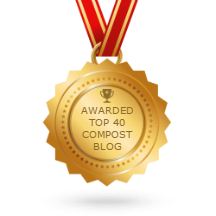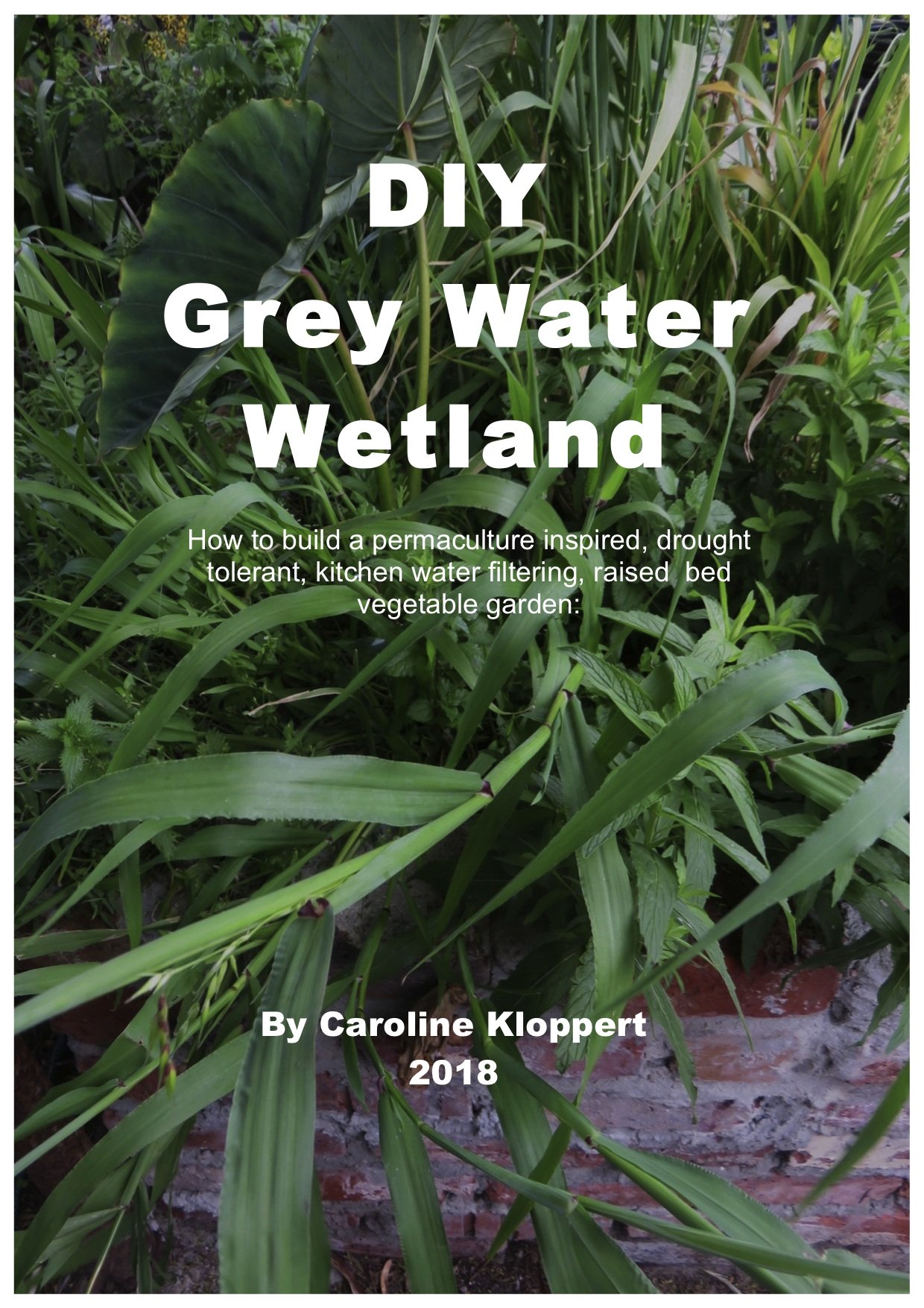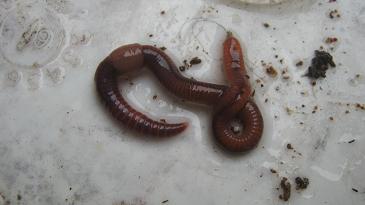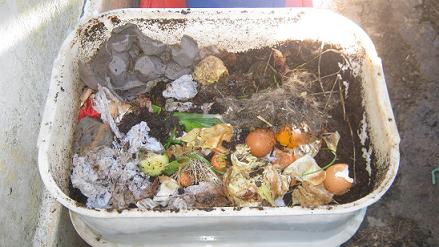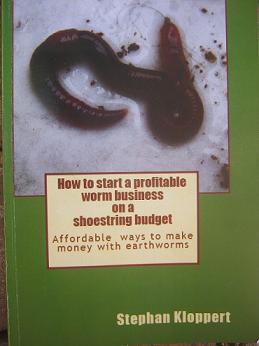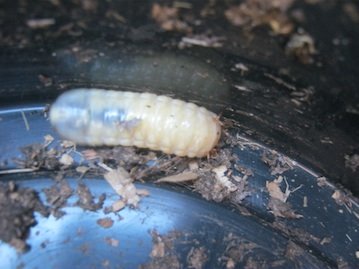VOTED 3rd Best Composting Blog on The Internet
Pot worms and cat poop in a worm bin
by Ryan
(San Diego CA)
Hello,
I have been feeding cat poop almost exclusively to my worm bin and have noticed lots of pot worms. Dried it out, added more carbon and even calcium carbonate but no change. The worms seem happy though. Is the poop creating too acidic of an environment?
Thanks,
Ryan
Comments for Pot worms and cat poop in a worm bin
|
||
|
||
Search / Suchen
On SPECIAL
"How to start a profitable worm business on a shoestring budget
Order a printed copy from "Amazon" for only
$11.95
or a digital version from the "Kindle" store for only
$4.95
Prices valid till 31.12.2025
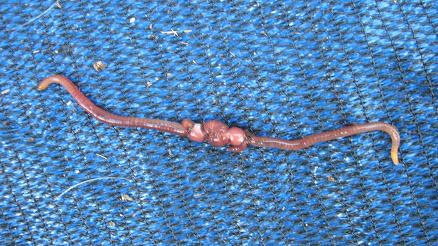
Our New Book
Order the Kindle E-book for the SPECIAL PRICE of only
$3.95
Prices valid till 31.12.2025!
